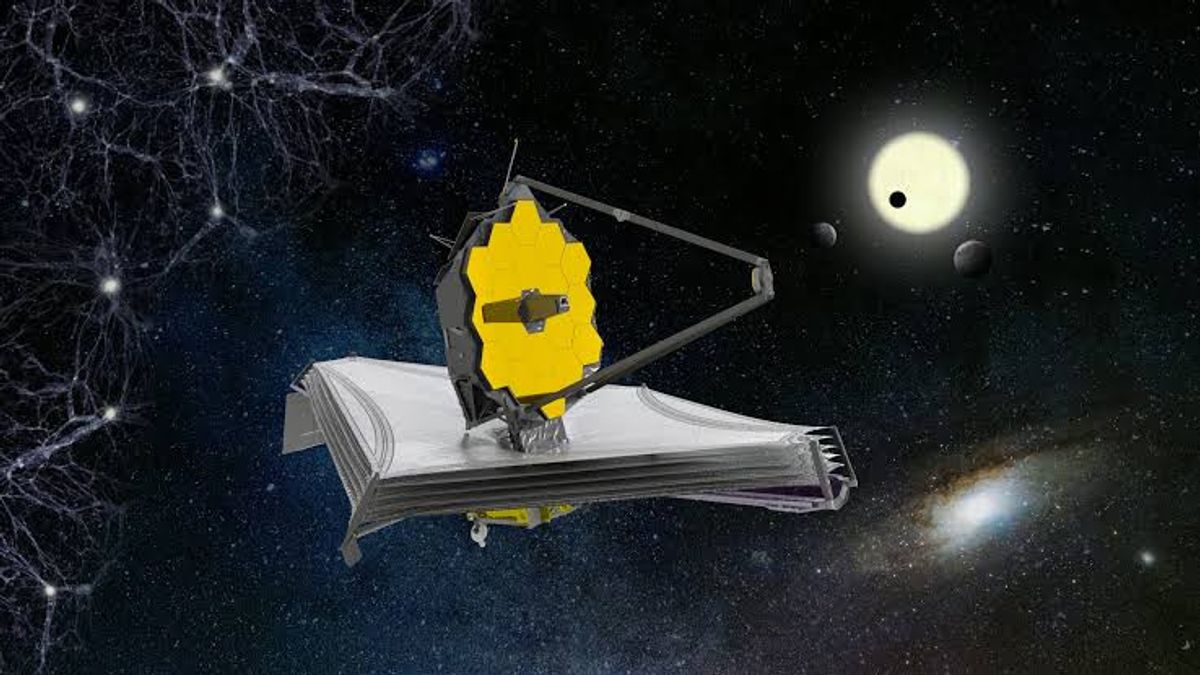JAKARTA - One of the researchers working for the James Webb Space Telescope, Massimo Stiavelli, has just provided information about how the Webb Telescope will look into the past at some of the earliest stars and galaxies.
This information was shared by Stiavelli after the Webb Telescope began science operations this summer, it will become the most powerful space telescope in the world, and will open new avenues for astronomical research.
Stiavelli, who is also the head of the Webb Mission Office at the Space Telescope Science Institute, explained that the Webb Telescope will be able to see galaxies that are farther away than ever before, allowing researchers to glimpse the early stages of the universe.
By looking at the composition of these very early stars and galaxies, researchers can get an idea of what happened in the few minutes after the Big Bang.
"The chemical composition of the early universe, right after the Big Bang, was the product of nuclear processes that occurred within the first few minutes of the universe's existence," Stiavelli said in a NASA blog post Monday, March 14.
“This process is known as primordial nucleosynthesis. One of the predictions of this model is that the chemical composition of the early universe consisted mostly of hydrogen and helium. There are only traces of the heavier elements that formed later in the star."
According to Stiavelli, this prediction is in line with observations, and is actually one of the key pieces of evidence supporting the hot Big Bang model.
The Webb telescope will look for examples of these very old stars to see if they support current theories about the Big Bang.
“The earliest stars were formed from material with this primordial composition. Finding these stars, commonly referred to as First Stars or Population III Stars, is an important verification of our cosmological model, and these are within reach of the Webb Telescope," said Stiavelli.
According to Stiavelli, the Webb Telescope may not be able to detect individual stars from the beginning of the universe, but it can detect some of the first galaxies to contain those stars.
For information, Stiavelli's project is to view one of the most distant galaxies discovered to date, called MACS1149-JD1, using the Webb Telescope.
The researchers will measure how much of the galaxy is made up of heavier elements, using an instrument called a spectrograph, so they can determine whether the galaxy is made up of these very early stars. The project will be part of the Webb Telescope's first year of science operations.
The English, Chinese, Japanese, Arabic, and French versions are automatically generated by the AI. So there may still be inaccuracies in translating, please always see Indonesian as our main language. (system supported by DigitalSiber.id)












